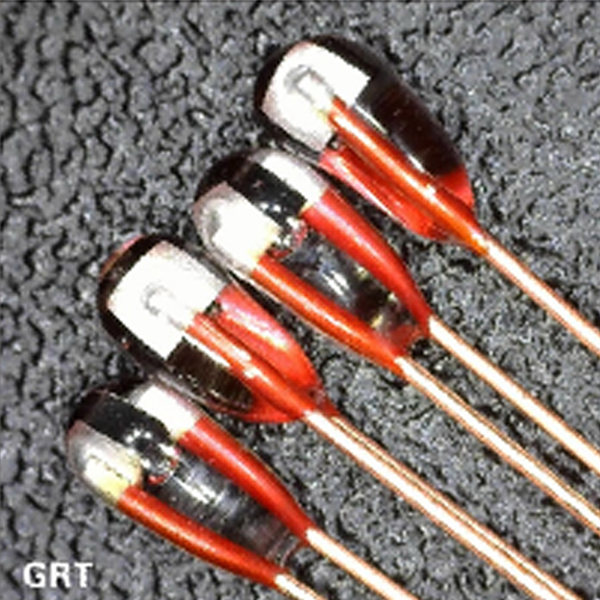Thermistors are specialized resistors that exhibit a significant change in resistance with temperature variations. Among various types of thermistors, Negative Temperature Coefficient (NTC) thermistors are widely used for temperature sensing and control applications. These devices offer unique characteristics that make them invaluable in diverse industries.
Understanding Chip in Glass (CIG) Technology
Chip in Glass (CIG) NTC thermistors represent a cutting-edge advancement in sensor technology. CIG thermistors are fabricated using semiconductor materials enclosed within a glass package. This encapsulation technique offers several advantages over traditional thermistors, including enhanced stability, precision, and durability.
Working Principle of Chip in Glass NTC Thermistors
The semiconductor material used in chip in glass NTC thermistors exhibits a negative temperature coefficient, meaning that its electrical resistance decreases as the temperature rises. This change in resistance is utilized for accurate temperature measurements. When exposed to a temperature change, the semiconductor material alters its resistance, which is detected and translated into temperature readings.
Design and Construction of Chip in Glass NTC Thermistors
The design of chip in glass thermistors focuses on miniaturization and precision. These thermistors are typically fabricated using thin film technology, allowing for compact and robust construction. The semiconductor material is carefully deposited onto a substrate and then enclosed within a glass envelope. Electrodes are strategically placed to optimize performance and sensitivity.
Applications and Future Trends
Chip in Glass NTC thermistors find extensive use across various industries, including automotive, consumer electronics, and medical devices. They are employed in temperature sensors, temperature compensation circuits, and thermal management systems. The trend towards miniaturization and increased sensor integration is driving innovations in chip in glass technology, enabling more sophisticated and efficient temperature monitoring solutions.
Conclusion
In summary, chip in glass NTC thermistors exemplify the convergence of semiconductor technology and sensor design, offering unparalleled performance in temperature sensing applications. As industries continue to demand higher precision and reliability in temperature measurement, CIG thermistors are poised to play a pivotal role in shaping the future of sensor technology.








